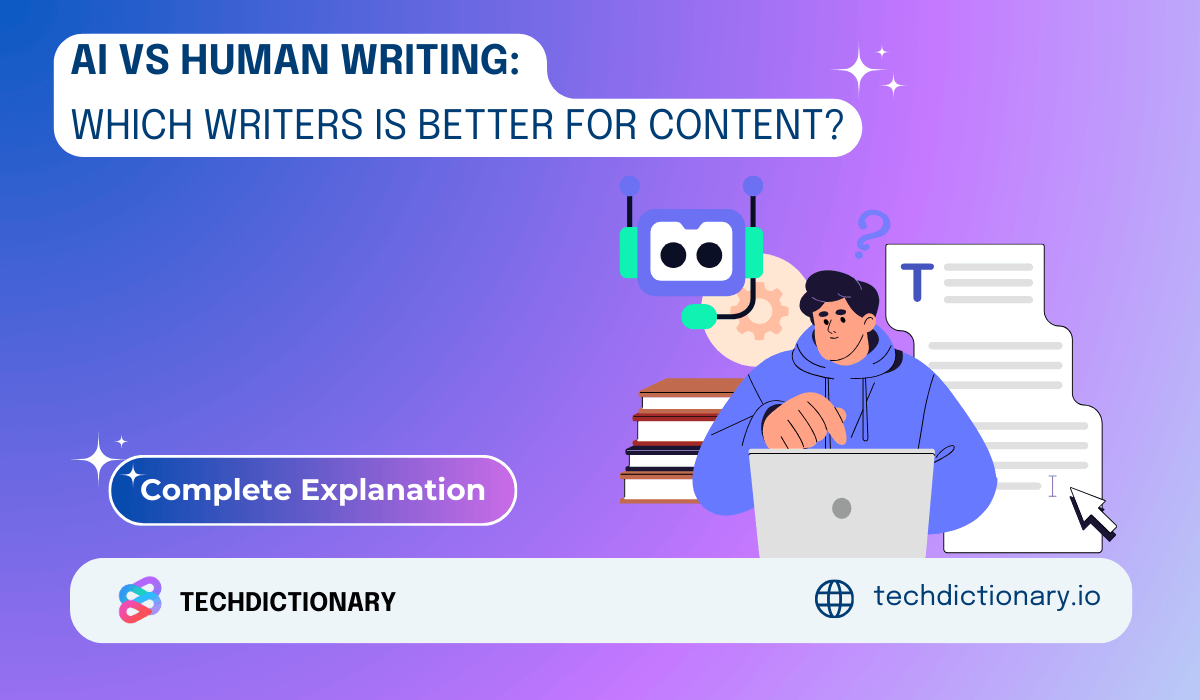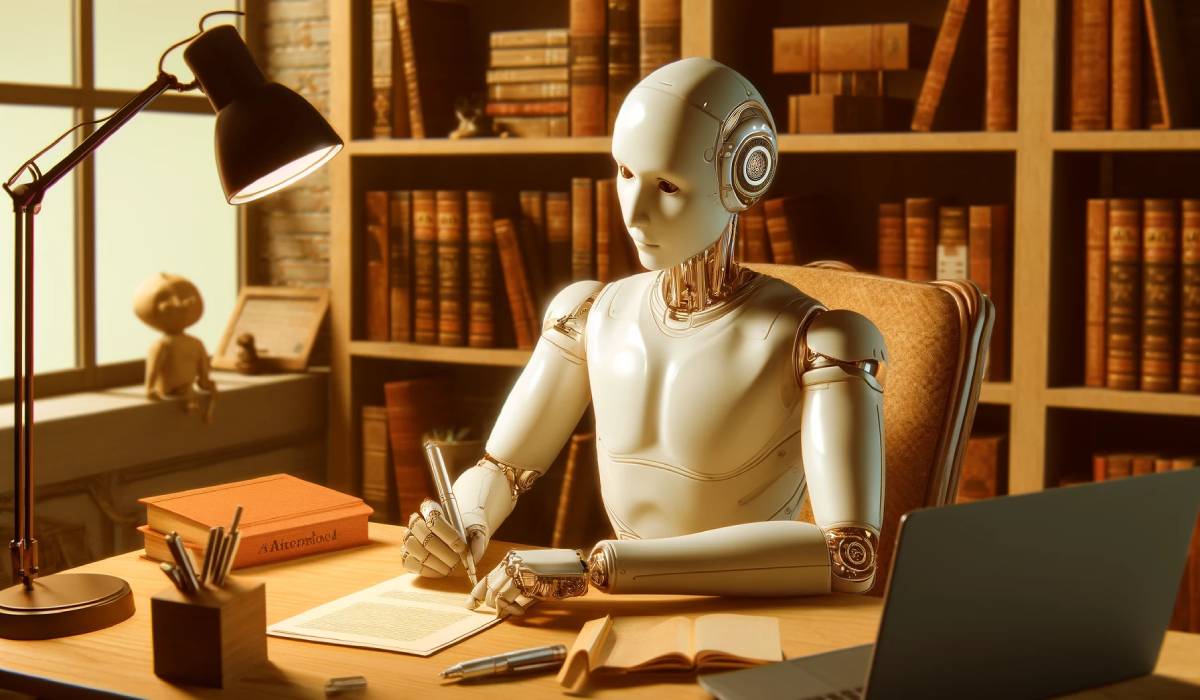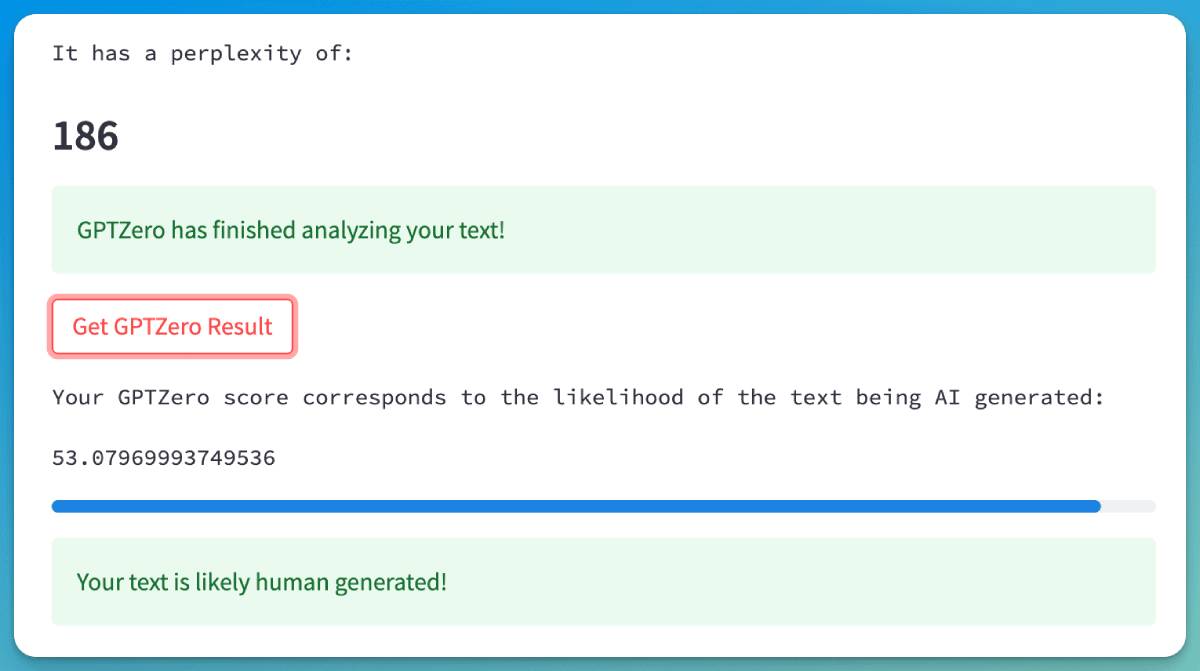
The evolution of AI writing tools has made it become more and more harder to identify whether text is AI-generated or human-written. Or AI vs Human writing, which creates better content in 2025?
In this article, We’ll discuss the advantages and downsides and help you understand the main differences and effects of AI-generated and human-written content.
Key Takeaways
AI writing refers to text generated by natural language processing (NLP) and machine learning models (Generative Pre-trained Transformer) to generate text. AI writing tools, powered by complex algorithms and machine learning techniques, can produce a wide range of content, from simple reports to creative stories.
Some likely human AI tools we have already reviewed and experienced are Jasper, QuillBot, StealthWriter, Undetectable AI, etc.
Basically, AI-generated content uses artificial intelligence algorithms for writing. Meanwhile, Human content uses human writers to write content by themselves.
Let’s take a quick look at each’s pros and cons:
| AI Writing | Human Writing | |
| The Pros | – Time-saving
– Cost-saving – Scalability – Consistent quality |
– Flexibility
– Creativity – Originality – Emotional |
| The Cons | – Lack of creativity
– No emotions – Lack of understanding of context – Over-dependence |
– Time-consuming
– Scalability – Expansive – Biases |
Both AI and human writers have unique strengths and weaknesses. When it comes to speed, AI is faster and more efficient. With cheaper costs than humans, they’re also very good at analyzing huge datasets to generate informative, data-driven work. However, AI has trouble being creative and understanding the subtleties of human feelings. As a result, it often makes content that feels flat or predictable.
On the flip side, human writers can be creative, empathy, and be able to keep viewers interested with interesting stories. They can understand context, society, and the nuanced use of language, allowing for richer, which makes content richer and more relatable. The downside? People are slow compared to AI, often make mistakes, and don’t follow the rules.
The most significant difference between AI and human writers is their capacity for creativity and originality. Humans are born with natural creativity and the ability to produce innovative ideas, stories, and expressions. While AI writing often lacks the spark of originality and emotional depth that human writers bring to their work.

AI vs Human Writing: What are the differences?
For instance, when reviewing a new phone, an AI tool lists and writes all the information it can find about it in the database. Only humans can add their own experiences and feelings while using the phone, which cannot be predicted.
Maybe you are interested: Who owns AI-generated content?
Understanding and interpreting context and nuance is another area where human writers excel. They can understand cultural references, read between the lines, and change the way they write for different groups of people. AI is getting better, but it still misses the mark on context sometimes, which can lead to misunderstandings or content that isn’t acceptable.
However, as we mentioned, AI tools are improving, so as specific and detailed your prompts are, the better AI will understand the context when creating content. Learning how to get ChatGPT to produce writing that feels natural and human-like can greatly enhance output quality.
As AI writing becomes more common, it brings up social issues, especially when it comes to authenticity and proprietary rights. While humans are guided by ethical and moral principles, AI only works within the limits of what it was programmed to do. This could lead to problems with plagiarism and make people less likely to trust that content is real.
At TechDictionary, we always mention that ethicality is very important. Getting caught using AI-generated content in the academy can cause severe consequences, even Legal implications.
Related Article: AI Accountability: Who Is Responsible For AI Mistakes?

Human Writing Compares To AI Writing
Both AI and humans can learn and evolve, but they do it in different ways. Human writers grow through experiences, feedback, and continuous learning. Meanwhile, AI systems, on the other hand, require new data input and algorithm updates to improve. This also means if you want your AI writing tool to work better, you also need to learn how to optimize prompts.
This fundamental difference impacts how both adapt to new writing styles and subjects. Understanding effective strategies on ways to humanize AI-generated content helps bridge the gap between robotic writing and genuine storytelling
When it comes to error handling, AI can quickly identify and correct grammatical or factual errors, thanks to its vast database of information. However, humans can understand the intent behind a piece, making nuanced corrections that enhance readability and flow. This is what we still haven’t seen any AI tool good at.
This is also one of many criteria that AI detectors base on to flag an AI writing.
Perplexity and Burstiness of a text are two criteria that will be discussed in the paragraph. Let us explain their definitions first.
Perplexity is a metric to estimate how accurately a model can predict the probability of a word occurring based on the previous context.
For example:
“I picked up the kids and dropped them off at…”
A language model with high perplexity might propose “icicle”, “pensive”, or “luminous” as answers. Those words don’t make sense. While the low perplexity model may answer “school” or “pool”.
Burstiness is a metric to estimate the level of diversity and uncertainty in the structure of sentences.
Typically, human-written text has a high burstiness score.

AI Vs Human Writing: Perplexity And Burstiness – Source: Gold Penguin
As we once mentioned above, using AI in academic assignments needs to be considered carefully. AI can assist in research, generate study materials, and offer personalized learning experiences. On the other hand, it raises worries about academic integrity, as it could lead to plagiarism and make writing and critical thinking less important.
It’s clear that both have roles to play in the future of content creation. While AI offers efficiency and data-driven insights, human writers bring creativity, empathy, and the ability to connect with readers on a personal level. The question we should ask is how to combine AI and human writing to achieve optimal results effectively.
At TechDictionary, we think the best way to improve writing and content creation is to use the best parts. Understanding the differences and potential of AI and human writing is crucial for anyone stepping into the industry. We’re here to guide you through every step of this exciting journey.

